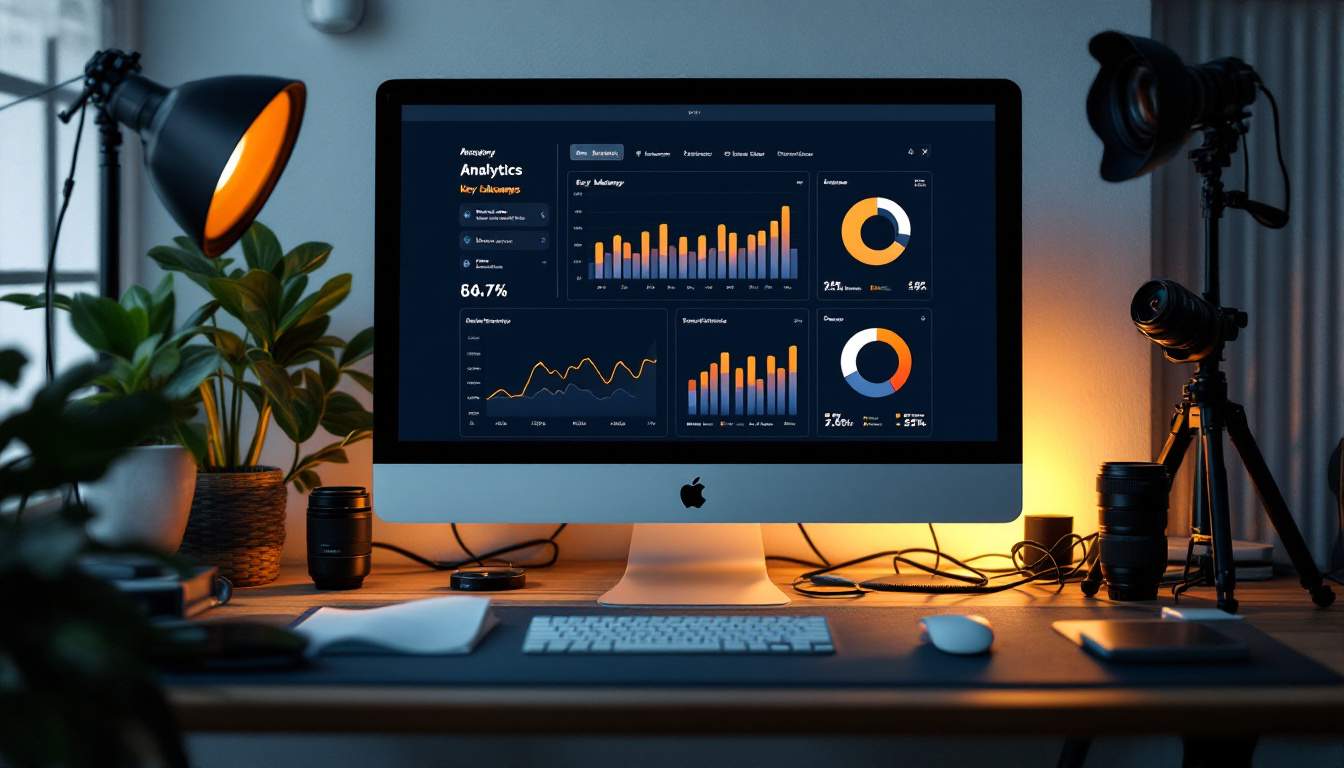What is pixel tracking?
Pixel tracking, also known as pixel tag, web beacon, or clear GIF, is a crucial component of digital marketing and analytics. It’s a technique used to gather data about user behavior and interactions on websites, emails, and advertisements. This technology has revolutionized the way marketers understand and engage with their audience, providing valuable insights that drive decision-making and strategy.
Pixel tracking is a tiny, single-pixel image that’s embedded into a webpage, email, or ad. This pixel is typically transparent or the same color as the background, making it invisible to the naked eye. When a user interacts with the content containing the pixel, it sends information back to the server, recording the action. This data is then used to analyze user behavior, track conversions, and optimize marketing efforts.
The Mechanics of Pixel Tracking
Pixel tracking operates on the principle of web requests. When a user opens a webpage, their browser sends a request to the server to load the content. This request includes information about the user’s device, browser, location, and more. If a pixel is embedded in the content, it also sends a request to its server when loaded, transmitting the same information.

This data is then logged and analyzed by the server. The pixel itself doesn’t collect or store any data; it merely initiates the request that allows the server to gather information. The server can then use this data to generate reports, track conversions, or even trigger specific actions based on the user’s behavior.
Types of Pixel Tracking
There are two main types of pixel tracking: first-party and third-party pixels. First-party pixels are placed by the owner of the website or email and collect data for that entity’s use. They’re typically used for analytics, conversion tracking, and optimizing the user experience.
Third-party pixels, on the other hand, are placed by entities other than the owner, such as advertisers or social media platforms. These pixels collect data for the third-party’s use, usually for advertising purposes. They allow advertisers to track user behavior across multiple websites, providing a more comprehensive view of their audience’s online activity.
Uses of Pixel Tracking in Marketing
Pixel tracking plays a vital role in digital marketing. It provides valuable insights into user behavior, enabling marketers to optimize their strategies and maximize their return on investment. Here are some of the most common uses of pixel tracking in marketing.
Conversion tracking is one of the primary uses of pixel tracking. By placing a pixel on the confirmation page of a website, marketers can track when a user completes a desired action, such as making a purchase or filling out a form. This data helps marketers measure the effectiveness of their campaigns and adjust their strategies accordingly.
Retargeting
Pixel tracking is also used for retargeting, a strategy where users who have interacted with a website or ad are shown ads again in the future. A pixel can be placed on a webpage to track when a user visits, and then that user can be shown ads for that website on other platforms. This helps keep the brand top of mind and encourages the user to return and complete a purchase.
Behavioral tracking is another use of pixel tracking. By placing pixels on various pages of a website, marketers can track a user’s path through the site. This data can provide insights into user behavior and preferences, helping marketers optimize their content and user experience.
Privacy Concerns and Regulations
While pixel tracking provides valuable data for marketers, it also raises privacy concerns. Users may not be aware that their behavior is being tracked, and the data collected can be quite detailed. This has led to increased scrutiny and regulation of pixel tracking and other tracking technologies.

Regulations such as the General Data Protection Regulation (GDPR) in the European Union and the California Consumer Privacy Act (CCPA) in the United States have set strict rules for how companies can collect and use user data. These regulations require companies to obtain user consent before using tracking technologies and provide users with the option to opt out.
Best Practices for Using Pixel Tracking
Given the privacy concerns and regulations surrounding pixel tracking, it’s important for marketers to use this technology responsibly. This includes being transparent about their use of tracking technologies, obtaining user consent, and respecting user privacy.
Marketers should also ensure they’re using pixel tracking effectively. This includes placing pixels strategically to gather the most useful data, regularly analyzing and acting on this data, and continuously optimizing their strategies based on their findings.
Conclusion
Pixel tracking is a powerful tool for digital marketers, providing valuable insights into user behavior and enabling more effective marketing strategies. However, it’s important to use this technology responsibly, respecting user privacy and adhering to regulations.

With the right approach, pixel tracking can help marketers better understand their audience, optimize their strategies, and ultimately, drive more conversions and revenue for their business.